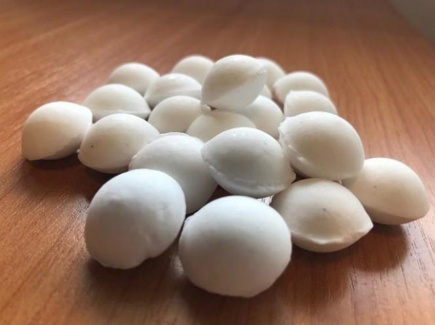Slow-release nitrogen fertilizers measure up
- From
-
Published on
03.06.19
- Impact Area
-
Funders
United States of America

Maize, rice and wheat are the major staple crops in Nepal, but they are produced using a lot of fertilizer, which may become an environmental hazard if not completely used up in production. Unfortunately, most farmers apply fertilizers in an unbalanced way.
Urea is a common fertilizer used as a nitrogen source by Nepali farmers. If the time of application is not synchronized with crop uptake, the chances of losses through volatilization releasing ammonia and leaching are high, thereby creating environmental hazards in the atmosphere and downstream.
Through the Nepal Seed and Fertilizer (NSAF) project, the International Maize and Wheat Improvement Center (CIMMYT) is testing the application of environmentally friendly slow-release nitrogen fertilizer in maize production.
Related news
-

Mapping for Resilience: How Spatial Data is Transforming Karamoja Cluster
Ibukun Taiwo02.07.25-
Climate adaptation & mitigation
Pastoral communities in the Karamoja Cluster (a region spanning Kenya, Uganda, South Sudan, and Ethi…
Read more -
-

Building Resilience and Regeneration: The Central Highlands Ecoregion Foodscape (CHEF)
Sehlule Muzata02.07.25-
Climate adaptation & mitigation
At the CGIAR Sustainable Farming Program (SFP), we believe that collaboration is essential for trans…
Read more -
-

Planting with Precision: How Weather and Climate Information is Changing Bean Farming in Rwanda
The Alliance of Bioversity International and the International Center for Tropical Agriculture (CIAT)01.07.25-
Climate adaptation & mitigation
Imagine weather information as a GPS for farmers. Without it, the journey becomes uncertain, filled…
Read more -
